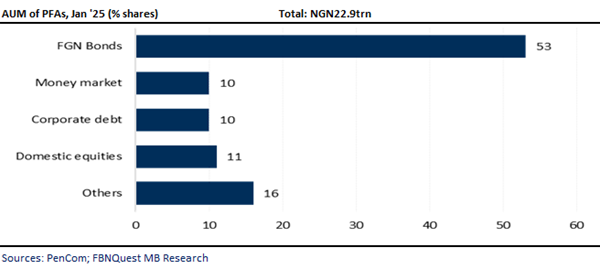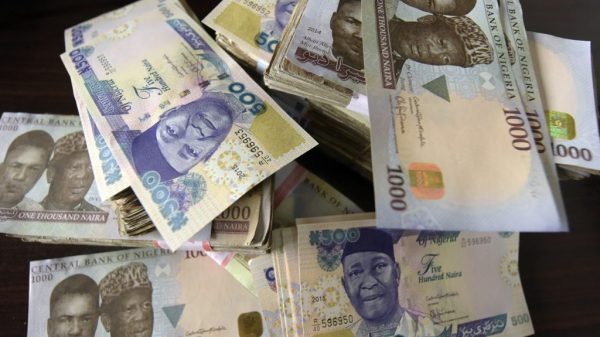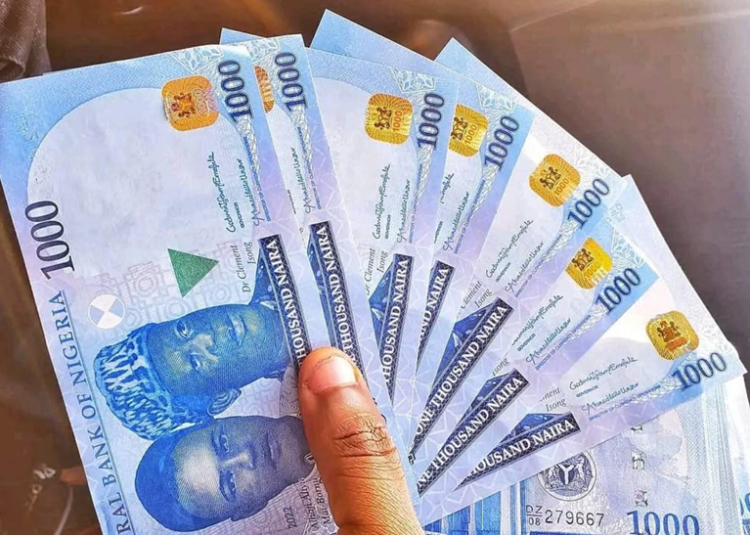Having hit the highest level in January this year, the amount of cash in circulation in the country recorded its first decline since February 2023, as the volume of cash outside the formal banking system declined slightly in February 2025.
Cash in circulation had been on the upward trend for years, seeing a significant decline in February of 2023, in the height of cash scarcity, triggered by a recall of old notes and introduction of the redesigned naira noted by the President Muhamadu Buhari administration.
Latest data released by the Central Bank of Nigeria showed that money supply, currency in circulation and currency outside banks all saw a slight decline in the month of February compared to what it was in January.
According to the data, currency in circulation was down to N5.037 trillion in February of 2025 compared to N5.235 trillion which it was in January 2025. The figure is however still higher than N3.693 trillion that was in circulation in February of 2024.
Latest data released by the Central Bank of Nigeria showed that money supply, currency in circulation and currency outside banks all saw a slight decline in the month of February compared to what it was in January.
According to the data, currency in circulation was down to N5.037 trillion in February of 2025 compared to N5.235 trillion which it was in January 2025. The figure is however still higher than N3.693 trillion that was in circulation in February of 2024.
Meanwhile credit to the private sector, which had declined to N74.915 trillion in January from N75.96 trillion in November last year, continued to drop.
The CBN data showed a 1.7 per cent decline in credit to the private sector in February to N73.664 trillion.
However, credit to the government rose last month after a substantial decline in January, boosting net domestic credit. Lending to the government had risen from N24.526 trillion in January to N26.49 trillion in February as net domestic credit rose from N99.442 trillion to N100.154 trillion in February.

























































